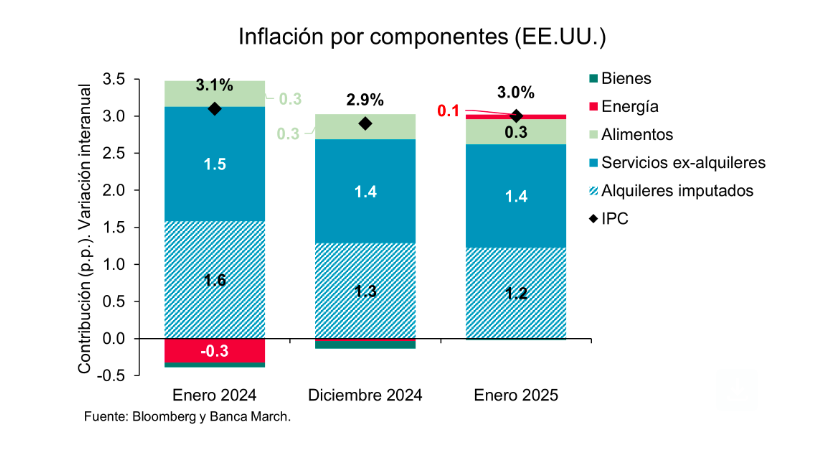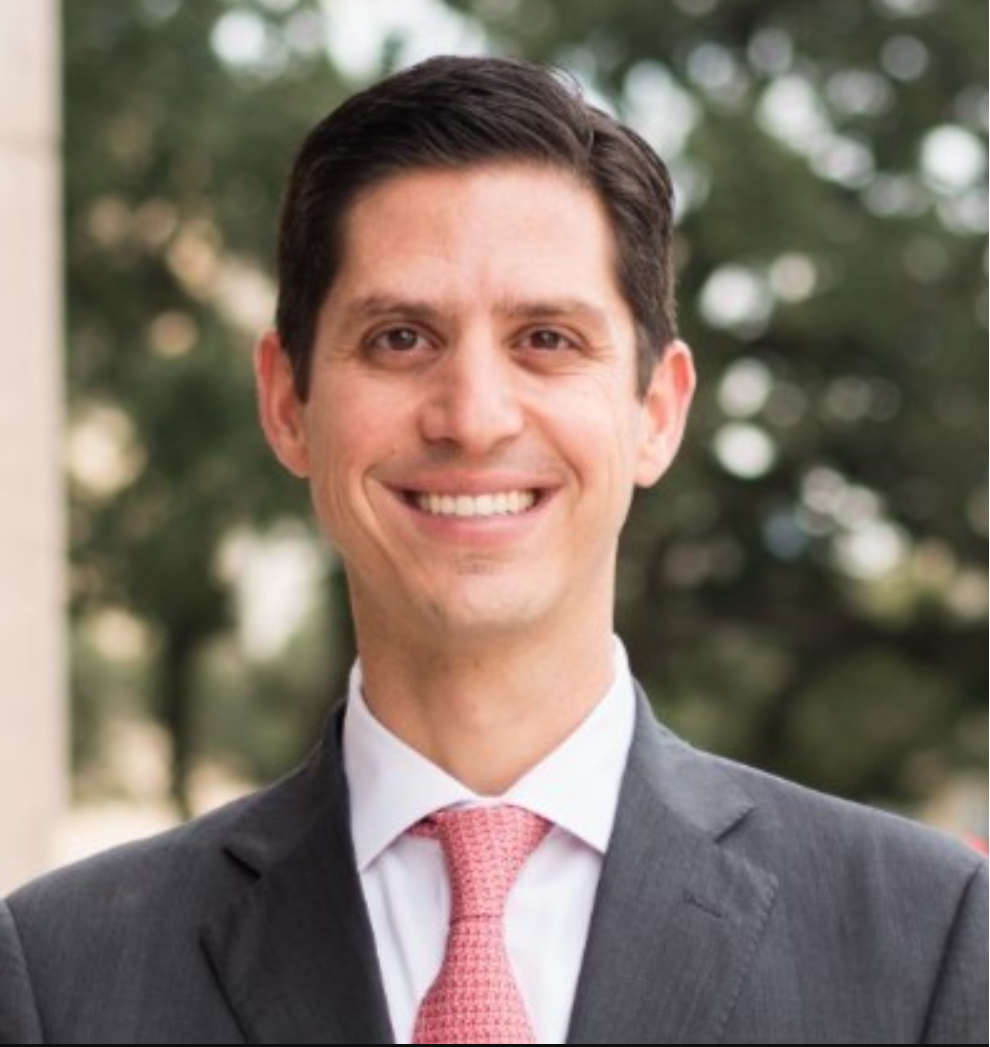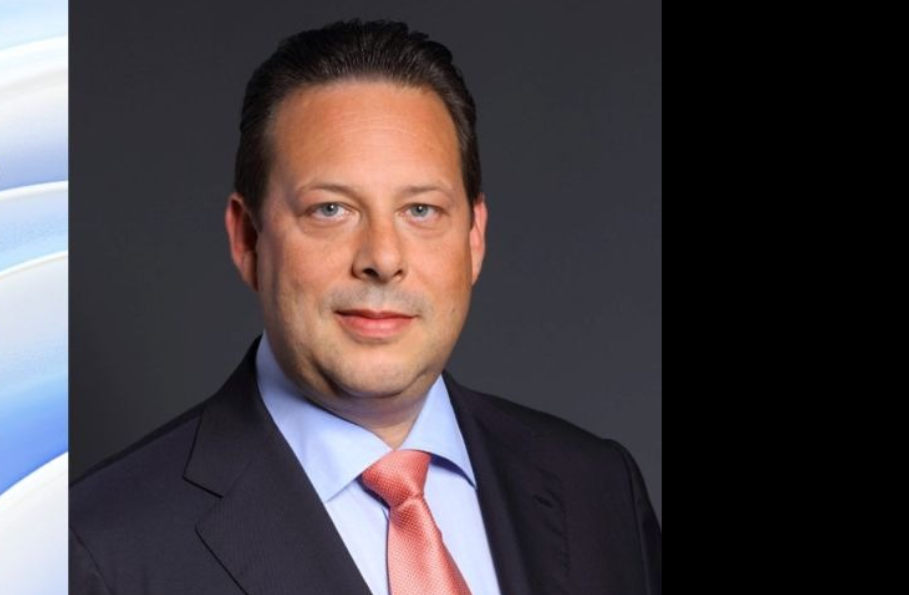Global X Bets on Growth Themes Linked to U.S. Competitiveness
| For Amaya Uriarte | 0 Comentarios

The 21st century is nearing its first quarter, and Global X has already drawn key lessons from this period: the U.S. economy and markets tend to be resilient.
The firm highlights several examples—the dot-com bubble, the global financial crisis, and COVID-19—all of which occurred since the turn of the century, yet the S&P 500 has quadrupled in value. “We keep this lesson in mind as we enter 2025 with a mix of optimism and uncertainty,” says Global X, noting that investor confidence and consumer expectations are improving, even as questions persist about economic policy and GDP growth is expected to slow.
Just like last year, Global X believes economic growth may once again surprise to the upside, supporting further market gains. However, the key drivers of growth this time will likely be different. “Some market participants argue that broad equity valuations look stretched, but in our view, fund flows suggest that investors remain willing to embrace risk assets,” they state. They add that broader market participation, improving profit margins, and continued earnings growth “could further lift equity valuations.” Conversely, they see fixed income as potentially “stuck in limbo due to interest rate volatility, which may force investors to be more creative and seek differentiated strategies.”
The strength of the services sector and corporate investment from large tech firms helped drive stronger-than-expected economic growth in 2024. However, Global X warns that economic uncertainty is likely to remain high, given the trade-offs and net effects of lower taxes, higher tariffs, reduced immigration, increased stimulus, and lighter regulation. That said, a manufacturing sector recovery, combined with renewed investment in small and mid-cap companies, could extend the mid-cycle expansion, leading to broader market participation and higher valuation multiples.
As a result, Global X will focus in 2025 on growth themes tied to U.S. competitiveness that still appear reasonably priced.
Building Portfolio Resilience in 2025
Equities and risk assets may be poised for another strong year, according to Global X. However, “the unique set of economic and political circumstances will likely warrant a more targeted approach in 2025.” A portfolio strategy aligned with key themes related to U.S. competitiveness “can provide reasonable upside and a degree of insulation from potential volatility.” The firm’s top investment themes include:
1. Infrastructure Development
A core part of the U.S. competitiveness narrative is the ongoing infrastructure renaissance. Construction, equipment, and materials companies have benefited from infrastructure-related policies and are positioned to gain from approximately $700 billion in additional spending over the coming years. Despite strong performance in recent years, these companies still trade at valuation multiples below the S&P 500. Moreover, traditionally rigid industries are adopting new technologies and practices, which could help expand profit margins.
2. Defense and Global Security
A series of interconnected global conflicts is creating new challenges for the U.S. and its allies. These evolving threats are expected to be persistent and unconventional, driving demand for new tactics, techniques, and technologies. Global defense spending, which reached $2.24 trillion in 2022, is projected to grow 5% in 2025, while defense company revenues are expected to rise nearly 10%, with profit margins improving from 5.2% to 7.6%. Compared to traditional defense platforms—such as battleships and fighter jets—lower-cost solutions like AI-driven defense systems and drones are expected to boost profitability, alongside greater automation in production processes.
3. Energy Independence and Nuclear Power
Even before AI-driven growth, energy demand was expected to rise sharply—and those forecasts have only increased. Fossil fuels will remain an essential part of the energy mix, but cost-effective and environmentally friendly alternatives will be critical to meeting surging demand. The tech sector has turned its attention to nuclear power, with many major companies announcing plans to utilize existing facilities or build small modular reactors (SMRs). Beyond the U.S., Japan, Germany, and Australia are expected to expand nuclear capacity, driving strong demand for uranium.
Selective Income Strategies for 2025
Income-focused investors may need to adopt a more selective approach in 2025, according to Global X, “given political uncertainty and potential interest rate volatility.” Many fixed-income instruments may underperform in a volatile rate environment, particularly long-duration assets. To minimize interest rate risk, Global X suggests equity-based strategies that could provide income with less sensitivity to rate fluctuations:
1. Covered Options Strategies
Equity-based covered options strategies can generate stable income while limiting direct exposure to interest rate movements. While the underlying asset may still fluctuate with the overall market (and indirectly with rate volatility), these strategies are not directly impacted by interest rate risk like traditional fixed income. Additionally, when rate volatility increases equity market volatility, option premiums tend to rise, maximizing income potential.
2. Energy Infrastructure Investments
Master Limited Partnerships (MLPs)—which own energy infrastructure assets such as pipelines—can generate steady income without direct exposure to interest rate movements. These assets typically pay consistent dividends and have long-term supply contracts that stabilize cash flows. While their values can fluctuate with oil prices, their correlation to commodities is generally modest, as they do not extract or own the raw materials—they simply transport them. Additionally, real assets like commodities and energy infrastructure are often viewed as inflation hedges.
3. Preferred Stocks
Preferred stocks sit above common equity but below fixed income in the capital structure. They trade at par value and pay fixed or floating dividends. While investors are not guaranteed payments, preferred shareholders receive dividends before common stockholders. Since they are issued at par with a predetermined payout structure, they can be sensitive to interest rates. However, because they carry more risk than bonds, they tend to offer higher yields.
Most preferred shares are issued by banks, which generate steady cash flows from net interest income. With potential financial sector deregulation and increased small-business lending, preferred stocks could become an attractive income option in 2025.










